 "QUANTUM SHOT" #274
"QUANTUM SHOT" #274Fear & Loathing inside WMD Installations
In our latest round-up of strategic nuclear news (see also: Ballistic Missile Carriers and Cold War Gas Mask Fashion) you will see mostly defunct installations and recently declassified information, which might have only historical and geek value, now. However, in some bit of news there is an indication that the "big Russian bear" is waking from slumber again and becoming interested in the same technology that we all hoped would be put to rest forever. (read this news, for example)
We'll start with a miniature nuclear device, that might not be known to everyone. Davy Crockett M388 A-Bomb, mounted on a recoilless rifle - all the more amazing that it was developed in the late 50s, at the height of the Cold War... and with today's technology one would assume that the nuclear device can be made much smaller (as many movies already have demonstrated).
The smallest nuclear warhead ever developed by the United States
It was a tactical weapon, intended to be used against the Soviet troops in West Germany (if stubborn communists would've decided to expand their "worker's paradise" there. The nuclear confrontation almost became a real thing during the Cuban Crisis in 1962, when Soviet & NATO forces stood against each other at Germany's Fulda Gap)
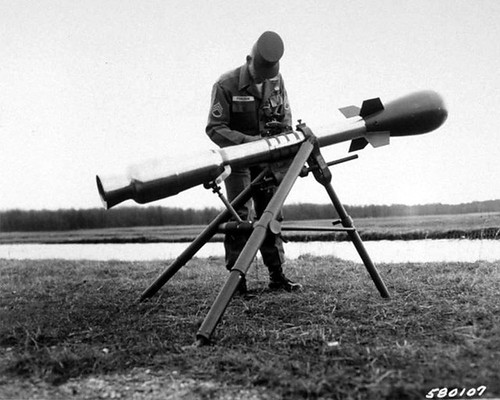
(image credit: US Military)
Davy Crockett was 30 inches long, 11 inches wide and weighed 76 pounds. Even though it only had a 1.5 to 3 mile range, it could be mounted on a tripod and a three-person team could carry it around or drive it on a Jeep. These "little nukes that could" were deployed in the US Army until 1971, so that American infantry during these years had a definite and highly mobile nuclear capability.
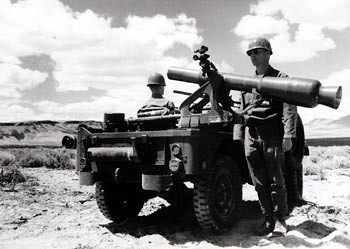
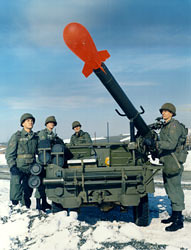
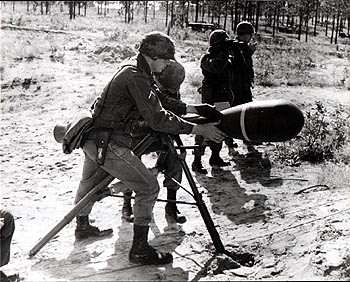
(photos by: US Military)

(photo by Mark Pellegrini)

(image credit: thedonovan.com)

(image credit: rvtravel.com)
Davy Crockett's field testing revealed poor accuracy and minimal impact from the mini-explosion itself, but the radiation would certainly prove fatal within a 400-meter radius.
In the other news today:
You can become a proud owner of Titan Missile Underground Base
For only 1.5 million dollars, you can buy this installation (located in Central Washington between Moses Lake and Ritzville) on Ebay and turn it into a swanky spa resort, perhaps. Here is the picture, in case the link expires: (and an aerial view)
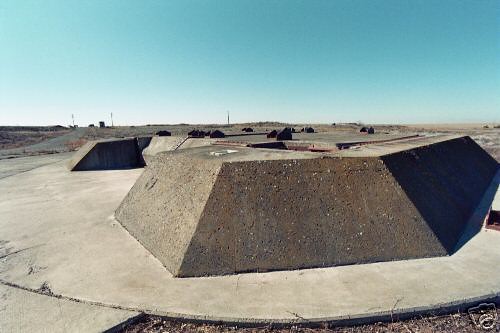
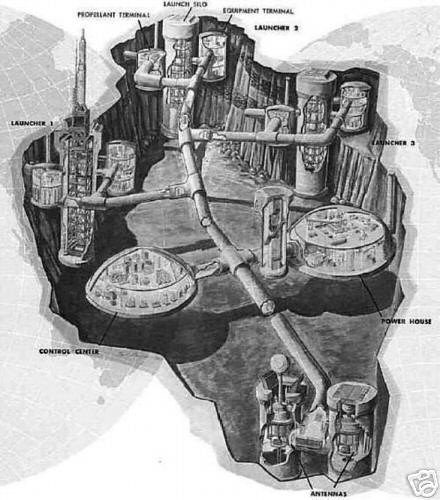
Somebody remarked that it could be a perfect base for an aspiring mad scientist and his half-witted assistant... it could also start a selling frenzy of other similar sites, if a buyer for this one will be found.
"All 1950's vintage equipment was removed 40 years ago. The buildings are mostly empty and will need to be remodeled (somewhat) for a new use. Two of the missile silos still have about 90 feet of rocket holding structure in them."
Meanwhile in Russia:
Old missile bases are left to rust, or turned into museums
One of the most carefully guarded ballistic missile bases in Ukraine - the one camouflaged as a pig farm (!) on the ground, and located in Pobugskoe village, Kirovograd region - has been turned into RVSP ("Ballistic Rocket Special Forces" in Ukranian, almost RSVP - "Please Reply", which would be unforgivably ironic) Museum.
This is a rare opportunity to see a large underground city (it housed almost 100 nuclear missiles "SS22 Skeleton") with some of the frightening equipment still intact:
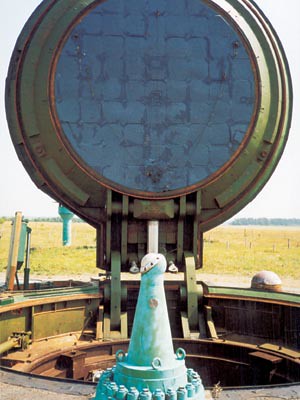
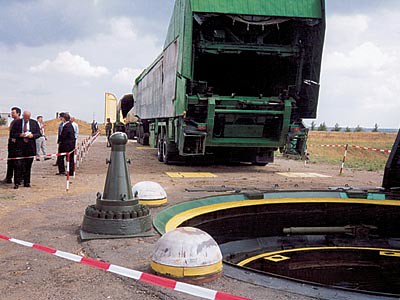
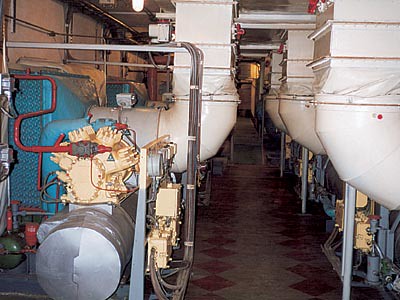
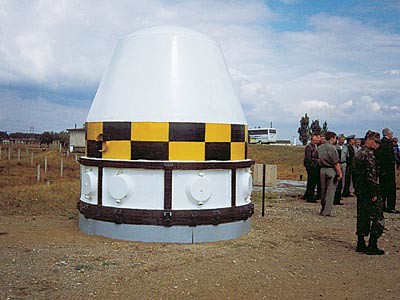
An interesting feature of the Soviet missile bases is that the Control Room and HQ were designed as a huge cylinders, inserted into the actual rocket shafts. The 12-level Control Room block is a huge tube that fits inside any of the normal rocket shafts, and can be readily extracted and transported on the same super trucks that carry the missiles!

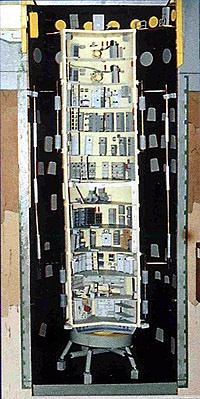
This huge installation was "fortunate" in that it was chosen by the US Congress as a recipient of some renovation funds (from Raytheon Company), and thus did not suffer the fate of rust and vandalism, but was turned into museum in 2001. Most of the other Cold War rocket bases in Russia weren't so lucky.
One of such abandoned rocket bases (which housed strategic defense anti-aircraft S-200 "Angara" system) has been explored and photographed by Most 06 in the Pechora area.
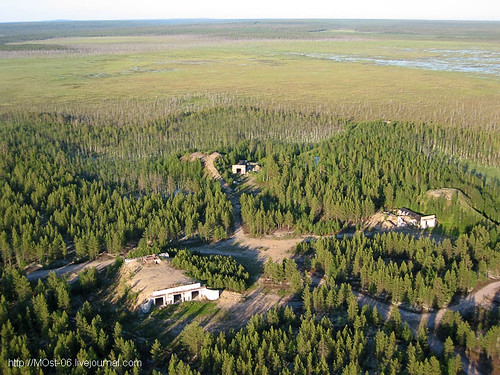


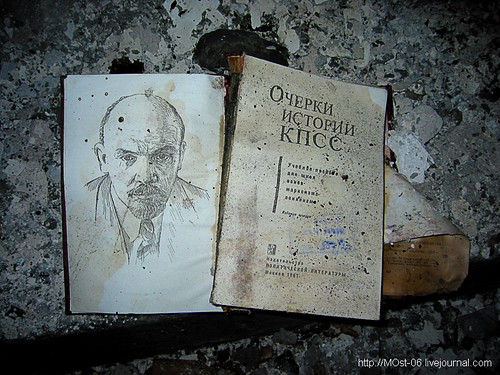
The following pictures from the military archive show some of the former activity on such "Angara" installations:

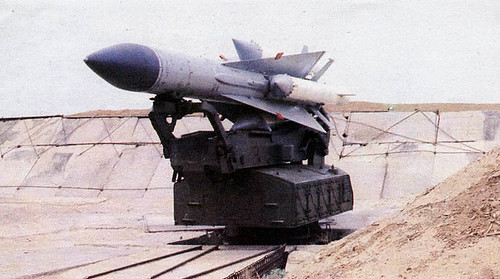

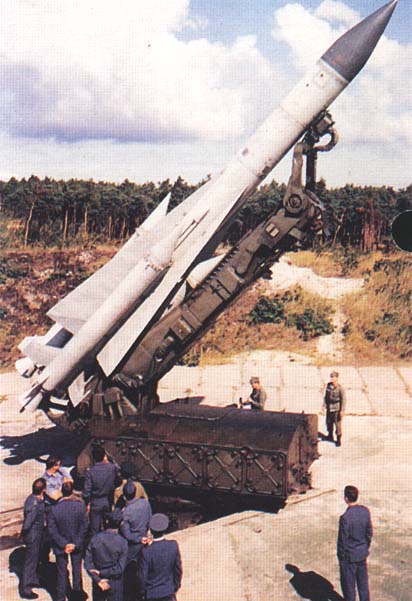
Careful with these!
Meanwhile in Hungary, a few nuclear warheads slipped from a truck and fell on a highway. No big deal, apparently:

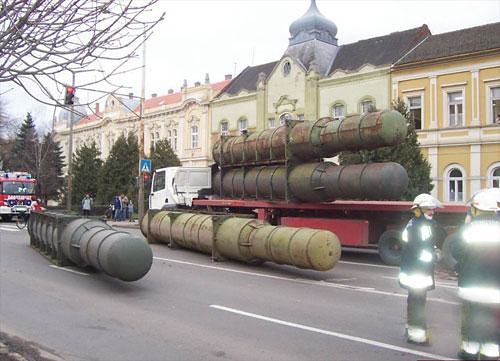
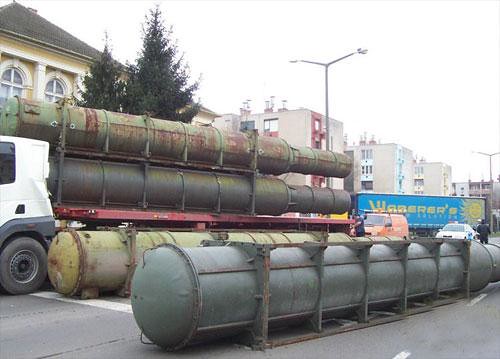

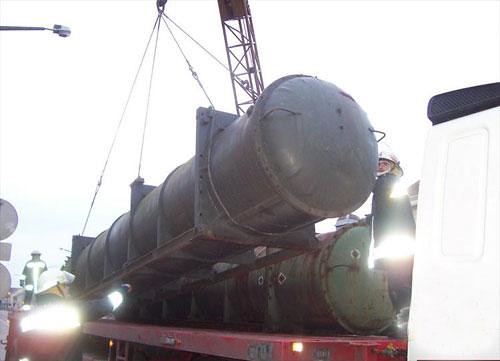
Strategic Ballistic Base layouts published on Russian site
Russian image aggregator site Ochevidec published various interesting images of contemporary (second generation) launch installations. Since then, these pictures continue to circulate around the web, giving us some idea what these systems looks like:

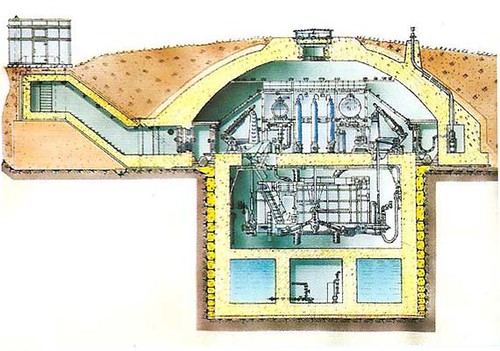
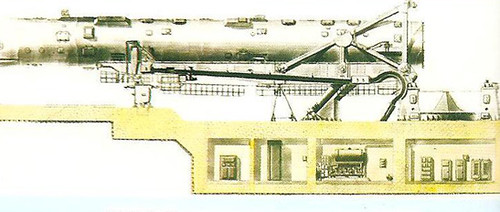
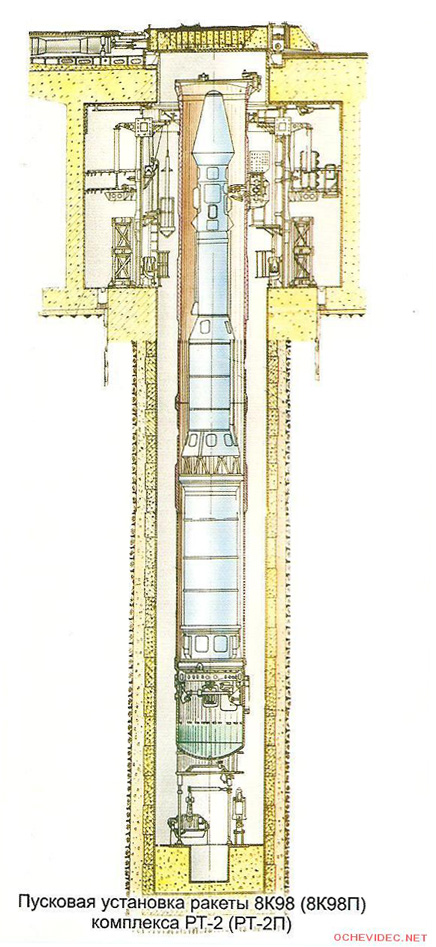
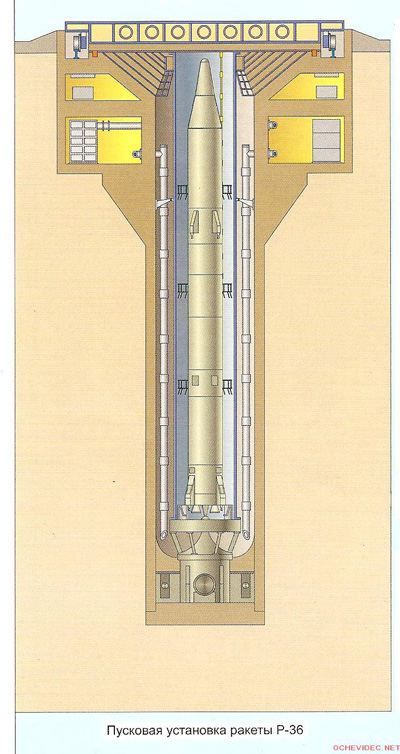
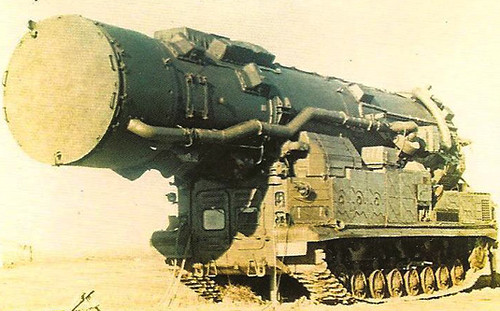
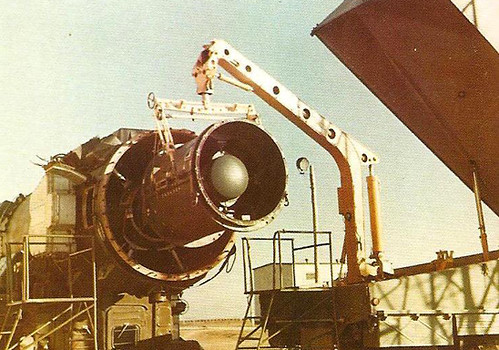
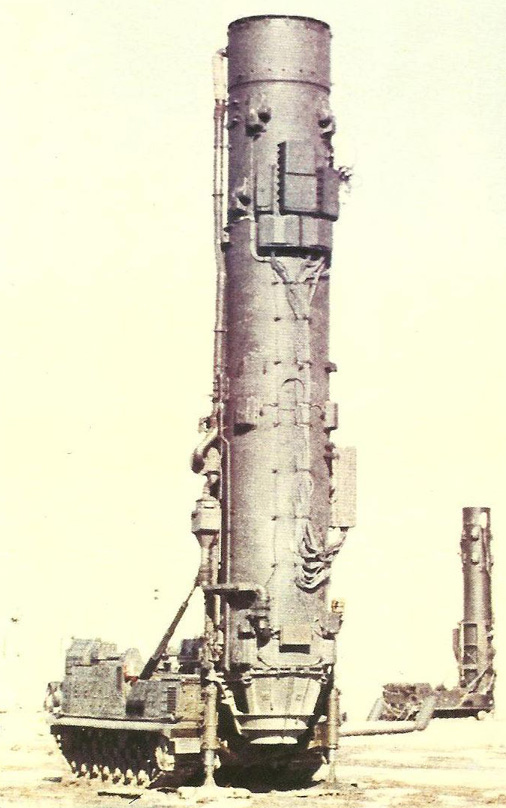
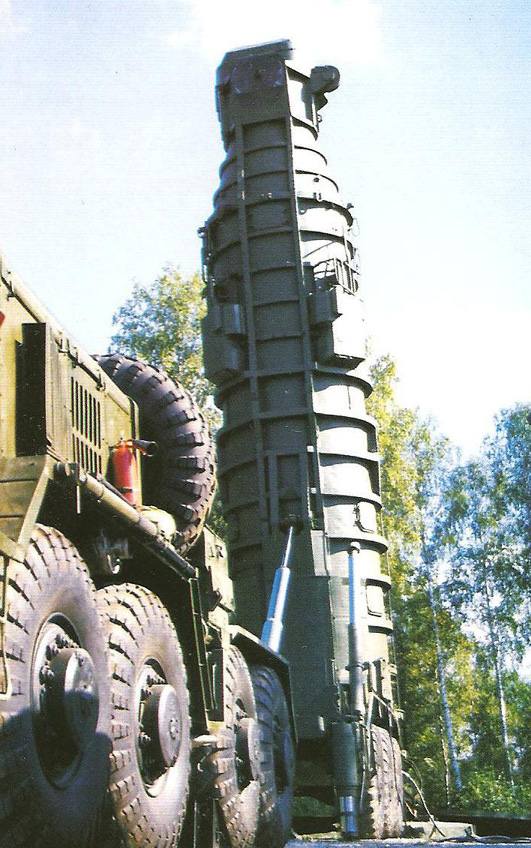
Among the new generation of strategic launchers is the legendary Object 825: Missile Launch Unit based on T-10 tank. It's been shown during a military parade, but it's implementation was paused due to the solid rocket booster problems.
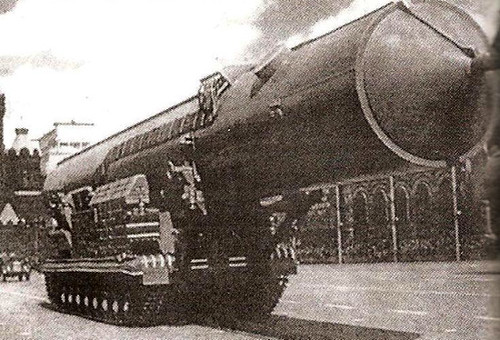
(images source: Ochevidec)
The "Big Red Button" is not really red
It is rather a gray nondescript plastic thing, which has the power to unleash all hell loose on Earth, but looks like something out of DJ equipment from the disco era (or Atari video game)
Here is the actual strategic nuclear missile launch panel (with the most critical button circled). First two keys will have to be simultaneously turned by authorized officers, then the button pushed to initiate the launch...

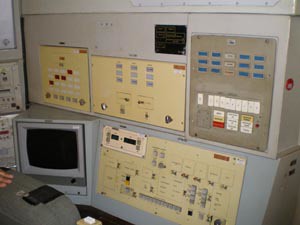

(image credit: moto.kiev.ua)
Permanent Link...

Category: Technology, Military
Related Posts: Russian Ballistic Missile Carriers, Cold War Gas Mask Fashion
Dark Roasted Blend's Photography Gear Picks:










0 comments:
Post a Comment